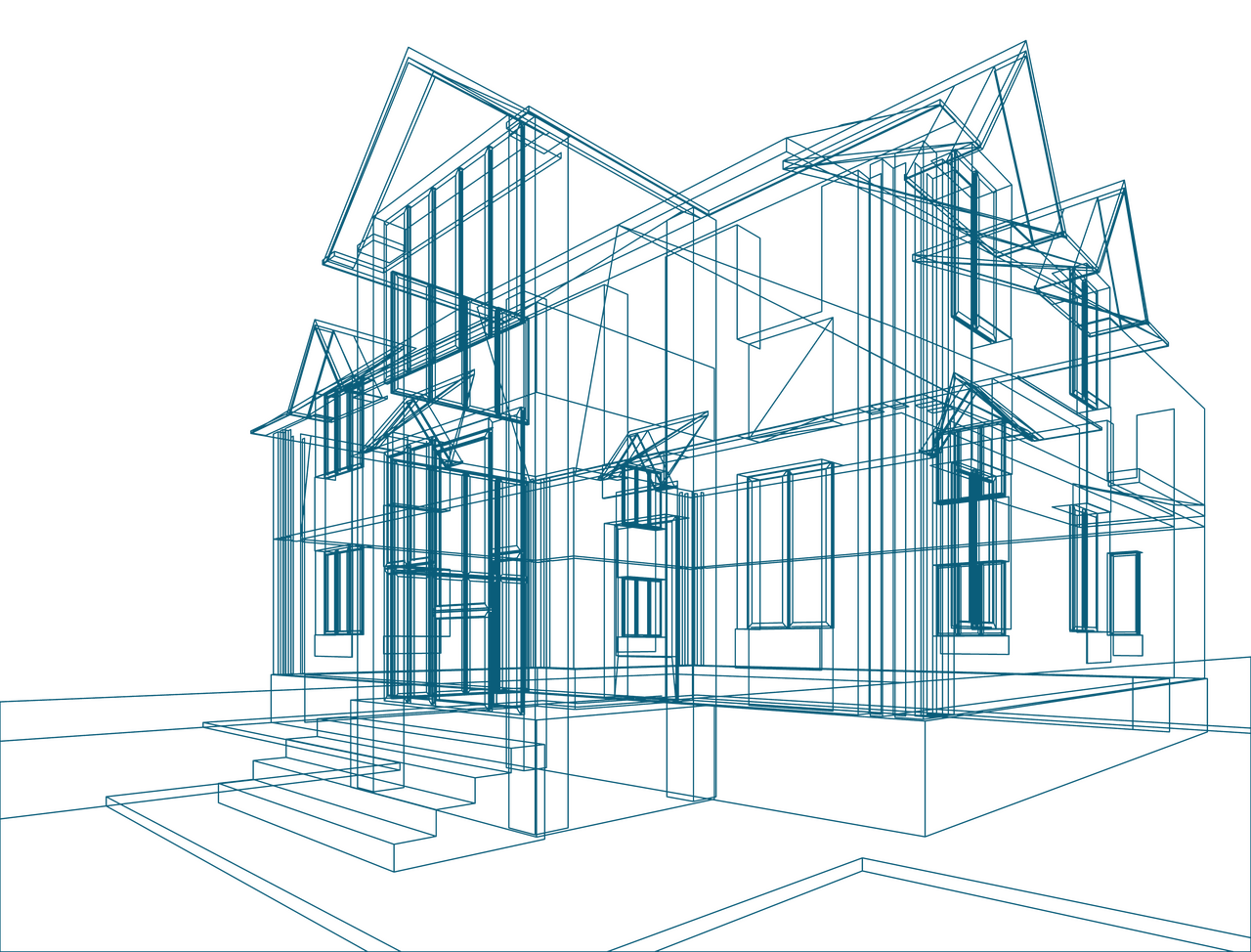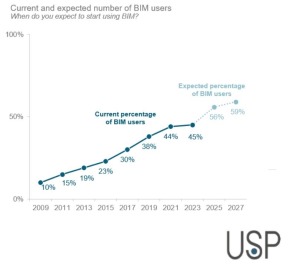

Market report
BIM usage among European countries
Gain valuable insights into the European architectural industry with the European Architectural Barometer market report. Learn about trends, forecasts, and key market dynamics shaping the industry. Visit the provided link for more information.
News I published 26 February 2024 I Jeroen de Gruijl
BIM usage among European countries
BIM adoption amongst European architects continues to grow, but at a lower rate.
In the European construction sector, digitalization is slowly but steadily being adopted. One of the central pillars of the digital transition is building information modeling (BIM). In our latest Q4 2023 European architectural barometer report, we have focused on this topic.

BIM adoption among European architects
Since we started measuring the BIM adoption amongst European architects (2 employees and upwards) in 2009, the adoption rate increased significantly. In 2009 10% of the European architects were BIM users, which more than quadrupled to 45% in 2023.
However, a closer examination reveals a noticeable deceleration in the adoption rate of BIM between 2021 and 2023. Several factors contribute to this phenomenon, chief among them being the lower new build volumes prevalent in the European construction market during this period.
As BIM finds its predominant application in new build projects, a decrease in new build naturally translates to a reduced demand for building information modeling among European architects. Despite this, the overall percentage of BIM users at the European level has continued to ascend, instilling optimism for sustained growth projections into 2025 and 2027.
BIM adoption across the Europe
Nevertheless, significant disparities in BIM adoption rates persist among European countries. In the Netherlands, a staggering three-quarters of all architects have embraced BIM practices. In stark contrast, Italy lags behind with only 32% of architects using BIM.
Furthermore, the pace of BIM adoption varies significantly from one country to another. For instance, the United Kingdom embraced BIM relatively early on, but had a slower adoption rate in the following years. The opposite is visible in France where a slower early adoption was followed by a quicker growth of BIM users in recent years.
Despite varying rates of adoption and country-specific nuances, building information modeling has emerged as a de facto “license to operate,” particularly within the realm of new build construction. However, while the adoption of BIM is widespread, the utilization of advanced features within BIM models remains relatively nascent. The incorporation of 4D and 5D BIM features is still limited among European architects, suggesting untapped potential for further technological exploration and innovation.
Construction Consulting Services for You
We provide tailor-made market research and off-the-shelf reports, both B2B & B2C, qualitative and quantitative. Here are some you might be interested in
Monitor and improve client relationships to drive loyalty and repeat business in construction.
Map out key interactions and pain points to refine the overall construction experience.
Identify the aspects of service or product that most impact satisfaction in construction projects.






